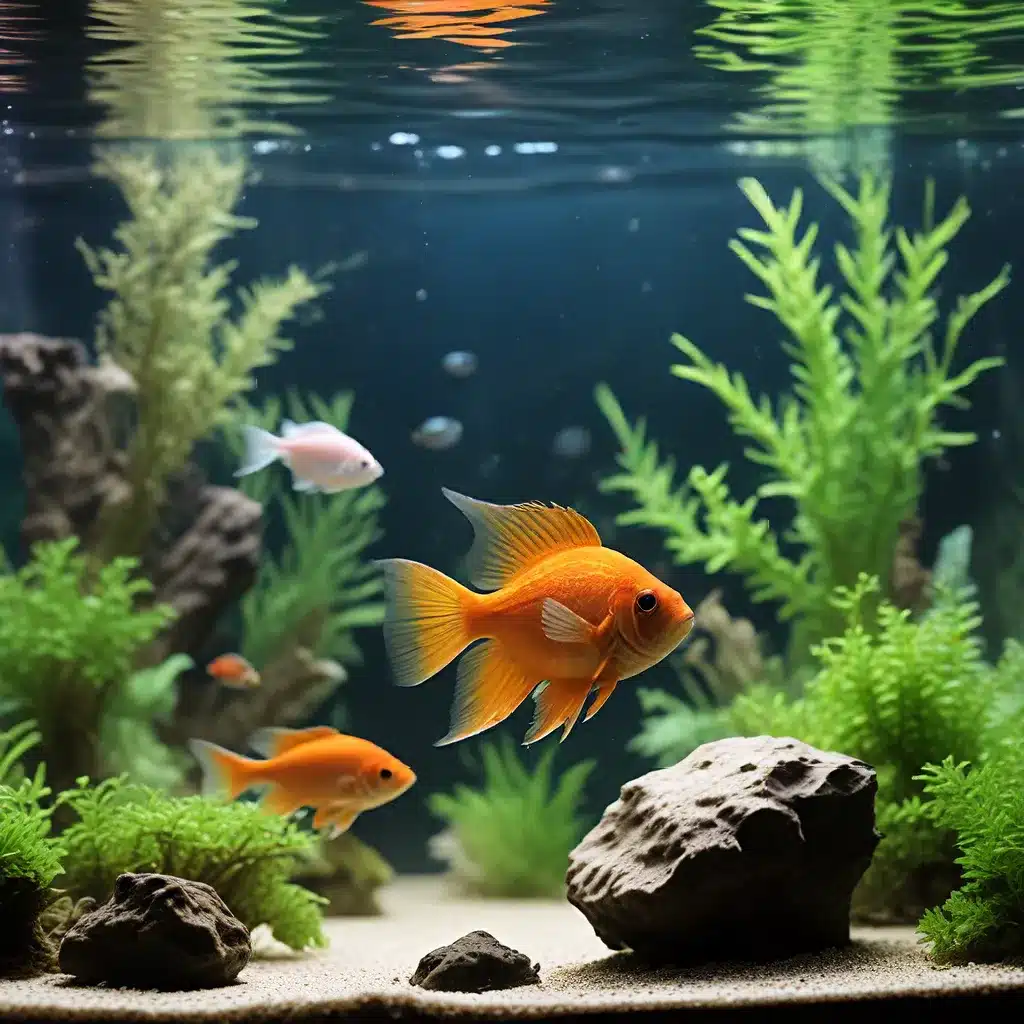
In the captivating world of aquariums, maintaining the health and well-being of your aquatic inhabitants is of paramount importance. Whether you’re a seasoned aquarist or just starting your aquatic adventure, understanding the critical role of quarantine and acclimation protocols is essential to ensuring the longevity and success of your underwater ecosystem.
Unveiling the Importance of Quarantine
Quarantine is the cornerstone of preventive aquarium care, a practice that can mean the difference between a thriving, disease-free tank and a devastating outbreak. By isolating new fish or plants before introducing them to your established aquarium, you create a buffer zone that allows you to closely monitor their health and address any potential issues before they can spread.
The quarantine process is akin to a protective shield, safeguarding your aquarium’s delicate balance. During this period, you can observe the newcomers for signs of disease, parasites, or other concerning conditions, and take the necessary steps to address them. This proactive approach not only protects your existing inhabitants but also helps to preserve the overall water quality and ecosystem stability.
Establishing an Effective Quarantine Protocol
Crafting an effective quarantine protocol requires careful planning and attention to detail. Here are the essential steps to ensure a successful quarantine process:
Set Up a Dedicated Quarantine Tank
Designate a separate tank, preferably one with its own filtration and lighting systems, to serve as the quarantine area. This dedicated space allows you to monitor and treat any issues without jeopardizing the health of your main aquarium.
Maintain Separate Equipment
Use dedicated equipment, such as nets, siphons, and decorations, exclusively for the quarantine tank. Avoid cross-contamination by never using the same tools in both the quarantine and main aquariums.
Observe and Monitor Closely
Closely observe the new arrivals during the quarantine period, typically 2-4 weeks, for any signs of disease or unusual behavior. Monitor water parameters, including temperature, pH, and ammonia levels, to ensure they remain within the optimal range.
Implement Targeted Treatments
If any issues are detected, act swiftly by administering the appropriate treatments, such as anti-parasitic or anti-bacterial medications, to the quarantine tank. This targeted approach helps to eliminate the problem before it can spread to your main aquarium.
Maintain Optimal Water Quality
Perform regular water changes and maintain excellent water quality in the quarantine tank to support the overall health and well-being of the new inhabitants. This includes testing for and addressing any water quality issues.
Gradual Acclimation
After the successful completion of the quarantine period, gradually acclimate the new fish or plants to your main aquarium’s water parameters. This step-by-step process helps to minimize the stress and shock associated with the transition.
Navigating the Complexities of Acclimation
Acclimation, the process of gradually introducing new inhabitants to the established aquarium, is a crucial step in ensuring their successful integration. This delicate procedure helps to minimize the stress and shock that can occur when introducing new elements to an existing ecosystem.
Understanding Water Parameter Differences
When adding new fish or plants to your aquarium, it’s essential to consider the differences in water parameters, such as temperature, pH, and water hardness, between the source and your tank. Abrupt changes in these conditions can be detrimental to the health and well-being of your new additions.
The Drip Acclimation Method
The drip acclimation method is a widely recommended technique for slowly introducing new inhabitants to your aquarium. This process involves slowly adding small amounts of your aquarium water to the container holding the new fish or plants, allowing them to gradually adjust to the new environment.
Monitoring Acclimation Progress
Throughout the acclimation process, closely monitor the new arrivals for signs of stress or distress. Observe their behavior, breathing patterns, and overall appearance to ensure a smooth and successful integration.
Supplemental Treatments
In some cases, you may need to provide supplemental treatments, such as stress-reducing additives or water conditioners, to aid in the acclimation process and support the new inhabitants’ transition to your aquarium.
Embracing the Long-Term Benefits
Implementing a robust quarantine and acclimation protocol may require an initial investment of time and effort, but the long-term benefits are truly invaluable. By prioritizing the health and well-being of your aquarium inhabitants, you’ll enjoy a thriving and vibrant underwater ecosystem, free from the devastating effects of disease outbreaks and water quality issues.
Remember, a healthy aquarium starts with a strong foundation of preventive care. By mastering the art of quarantine and acclimation, you’ll not only safeguard your aquarium but also unlock a world of aquatic wonder and delight. Dive into the journey of responsible aquarium keeping and watch your underwater oasis flourish.
For more information and expert insights on aquarium care, be sure to explore the King Aquarium website, where you’ll find a wealth of resources to guide you through every step of your aquatic adventure.

